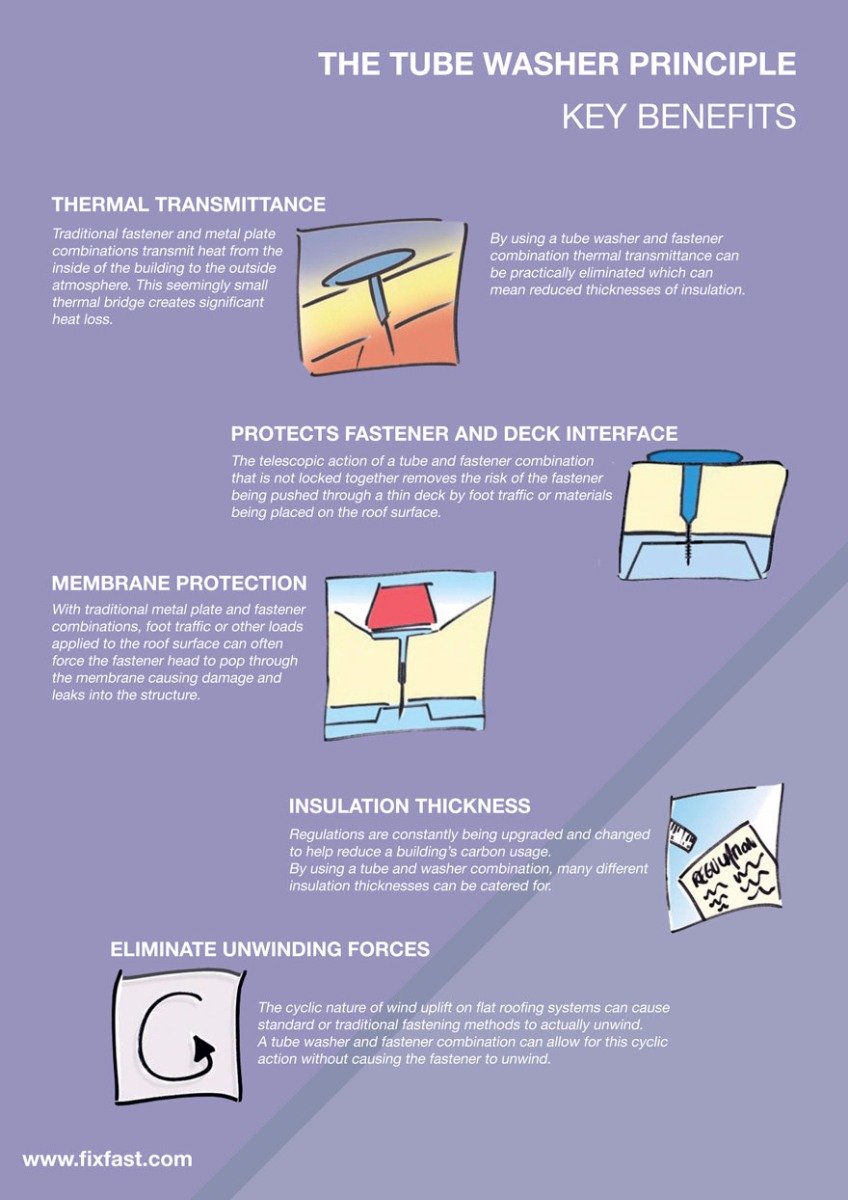An Intro To The Fundamentals Of Solar Energy Systems And Their Performance
An Intro To The Fundamentals Of Solar Energy Systems And Their Performance
Blog Article
Developed By-Rye Britt
So, you've become aware of photovoltaic panels and their potential to generate electrical energy from sunshine, however how precisely do they work? Understanding the detailed innovation behind solar panels can be a remarkable trip right into the world of renewable resource. From the standard principles of solar batteries to the elaborate components that compose a solar panel system, there's a whole realm of expertise waiting to be discovered. Allow's unwind the mysteries of photovoltaic panel innovation with each other.
Solar Panel Innovation Principles
To genuinely grasp the significance of solar panel technology, you have to explore the fundamental principles that underpin its functionality. Photovoltaic panel include photovoltaic cells, typically made from silicon, which have the amazing ability to convert sunlight right into electricity via the solar effect. When sunlight strikes the cells, the photons in the light interact with the silicon atoms, triggering the electrons to damage devoid of their atomic bonds. This produces an electric current that can then be utilized for powering numerous devices.
The crucial element of solar panels is the semiconductors within the photovoltaic cells, which help with the conversion of sunshine right into functional electrical power. These semiconductors have both positive and negative layers, producing an electric area that enables the flow of electrons.
This circulation of electrons, when linked in a circuit, creates direct current (DC) electricity. Recognizing these standard principles is crucial for appreciating just how solar panels can harness the sun's energy to power homes, services, and also satellites in space.
Just How Solar Panels Generate Electrical Power
Solar panels harness the sunlight's power by transforming sunshine right into electricity through a procedure referred to as the photovoltaic effect. When sunshine strikes the solar panels, the photons (light particles) are soaked up by the semiconducting products within the panels, generally made of silicon. https://solar-distributors20874.dailyblogzz.com/29868640/the-investigation-into-the-most-appropriate-solar-panel-type-for-your-home-starts-now-with-key-aspects-awaiting-your-exploration-are-you-prepared-to-engage produces an electrical current as the photons knock electrons loose from the atoms within the material.
how much do solar panel installers make an hour within the solar cells after that require these electrons to flow in a details direction, developing a straight existing (DC) of electrical energy. This direct current is then gone through an inverter, which transforms it into rotating present (AC) electrical power that can be made use of to power your home or company.
https://transparentsolarpanels34433.blazingblog.com/29418034/prepare-yourself-to-enhance-your-solar-power-savings-with-strategic-ideas-for-house-owners-from-evaluating-energy-usage-to-optimizing-system-positioning generated by the solar panels can be kept in batteries for later usage or fed back right into the grid for credit scores via a procedure called web metering. Comprehending how solar panels generate electrical power is crucial to valuing the environmental and cost-saving advantages of solar energy systems.
Recognizing Solar Panel Components
One essential element of solar panel technology is comprehending the various parts that make up a photovoltaic panel system.
The vital elements of a solar panel system consist of the solar panels themselves, which are comprised of photovoltaic cells that convert sunshine right into electricity. These panels are installed on a structure, often a roofing, to capture sunlight.
Along with the panels, there are inverters that convert the straight existing (DC) power produced by the panels right into alternating current (A/C) electrical energy that can be made use of in homes or organizations.
The system likewise includes racking to sustain and position the solar panels for optimal sunlight exposure. Additionally, cords and ports are necessary for carrying the electrical energy produced by the panels to the electrical system of a building.
Lastly, a tracking system may be included to track the efficiency of the solar panel system and ensure it's working efficiently. Understanding these parts is important for any person aiming to set up or use solar panel modern technology properly.
Final thought
Since you recognize the basics of photovoltaic panel innovation and just how it works, you can value the power of taking advantage of sunlight to produce tidy and renewable energy for your structure. By making use of the solar result and elements like inverters and keeping track of systems, you can contribute to a more sustainable future while likewise potentially saving money on power expenses. Keep understanding and exploring the opportunities of solar energy for a greener tomorrow.
